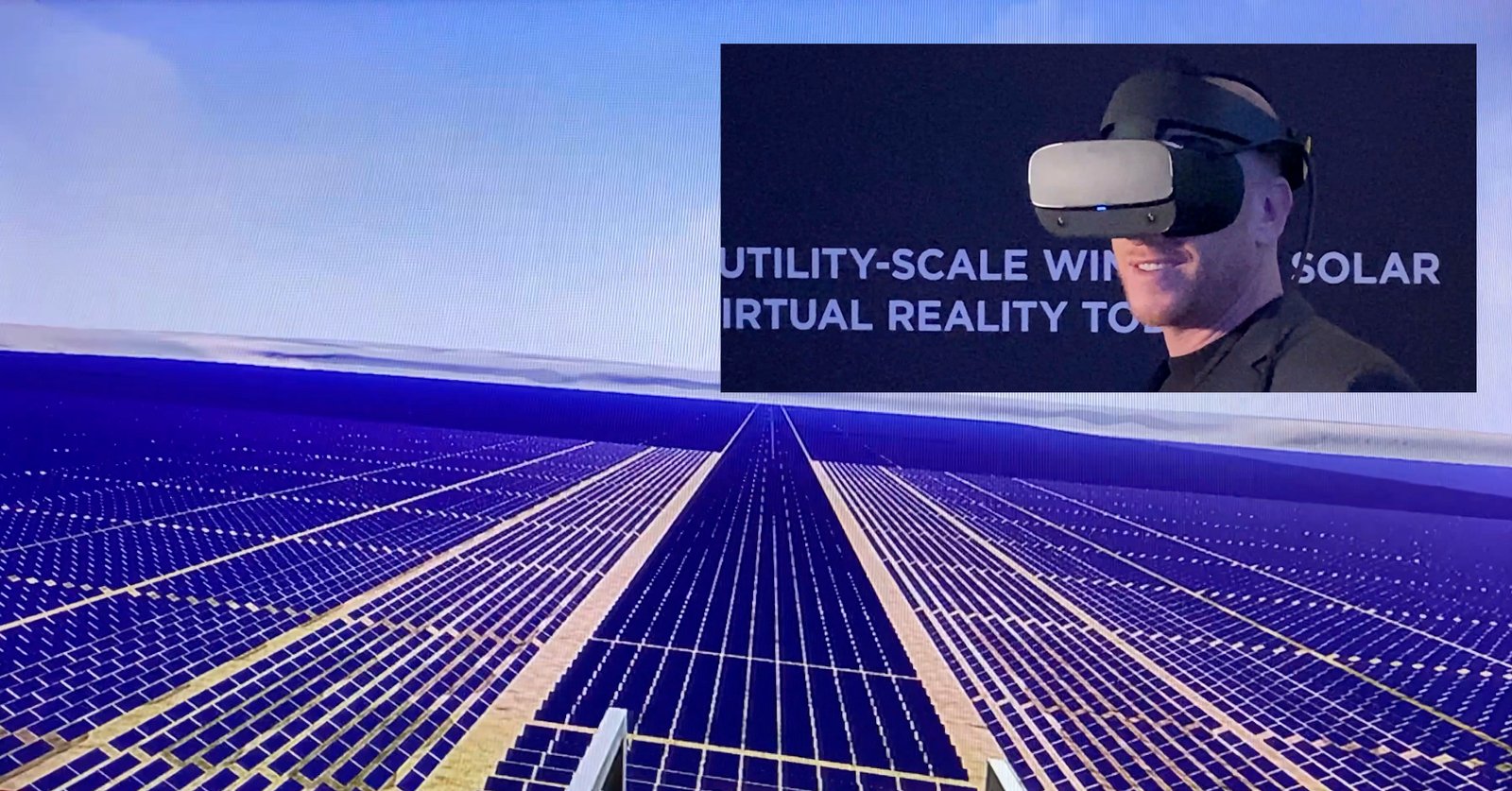By David Dodge and Kay Rollans
Picture New York, Easter morning 1900: 5th Avenue is bustling, full of horses, buggies, and one automobile. Fast forward just 13 years, to 1913, and that romantic vision transforms to a street full of gas-fuelled vehicles.

Dan Balaban, CEO of Greengate Power, refers to this image of disruption when he describes the next transformation to electric vehicles on the streets and renewable energy powering our homes.
A leader in renewable energy
Greengate Power may be a leader in renewable energy today, but its CEO actually has roots in Alberta’s oil and gas industry.
Balaban’s first company produced software to help oil and gas companies manage their operations. “One of the things that our software did was also help oil and gas companies track and manage their greenhouse gas emissions on an annual basis, which really got me exposure into some of the challenges that industry was facing from an environmental perspective,” says Balaban.
These early experiences revealed a gap in the market for sustainable energy solutions — and he jumped to fill it.
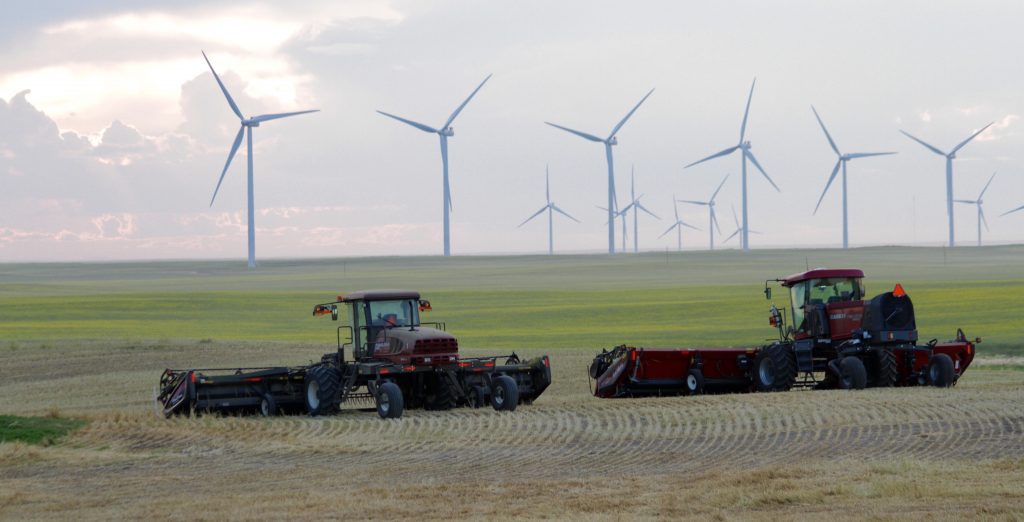
Balaban’s first major renewable energy projects were in wind energy. In the last 12 years, he has developed the two largest wind energy projects in Alberta: Blackspring Ridge and Halkirk Wind Farm. At 300 megawatts, Blackspring Ridge also wins the prize for being the largest wind project in the country. Together, these two projects represent a billion dollars of investment and enough clean energy to power 200,000 Alberta homes.
In more recent years, Greengate Power has turned its attention to solar power — and Balaban is dreaming big. “In the spirit of doing the largest renewable energy projects in the country, where we’re going to be developing the largest solar energy project in the country as well.”
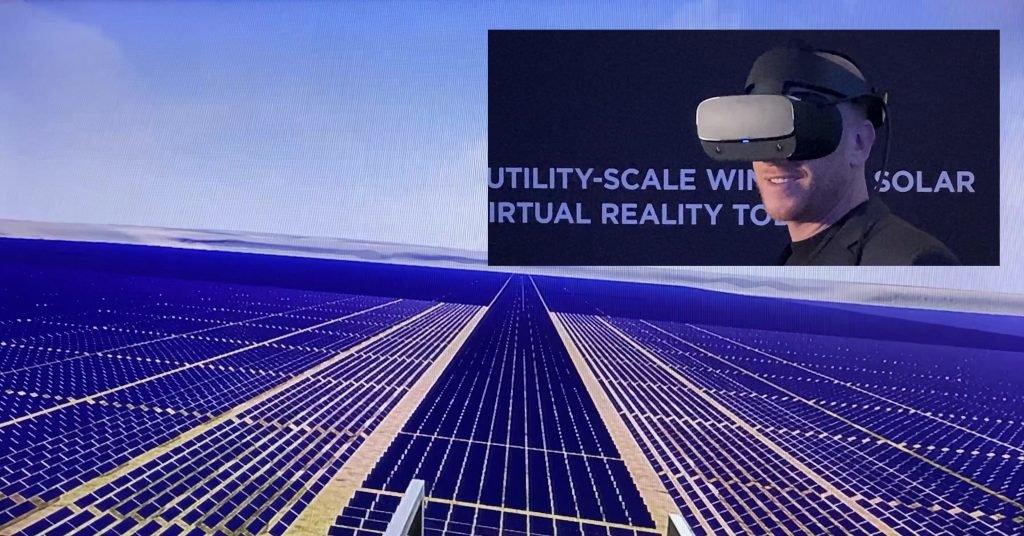
Among the largest solar projects in the world
The Travers solar project will be located in Vulcan County, Alberta, just a few kilometers north of Greengate Power’s Blackspring Ridge wind project — a project that Travers will echo in both investment and scope.
At 465 (updated) megawatts in size, the Travers solar project will not only be four times larger than any other solar project in the country, but also one of the largest solar projects in the world.
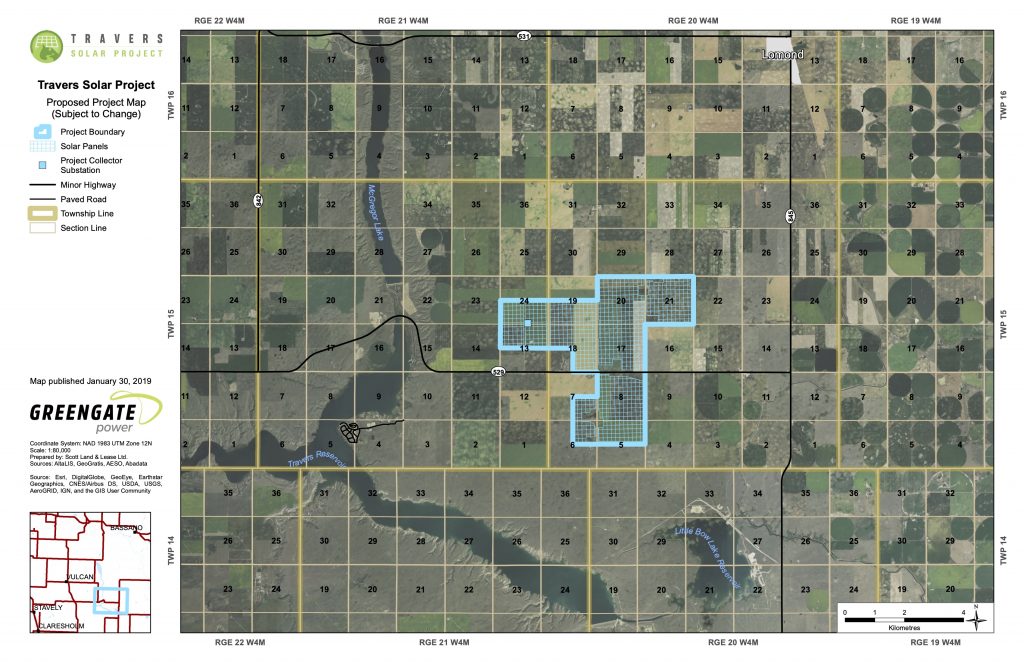
Spread over 1,900 hectares of private, cultivated, and grazing land, Balaban says that it is “about a half a billion-dollar project and will provide a clean source of power to more than 100,000 Alberta homes.”
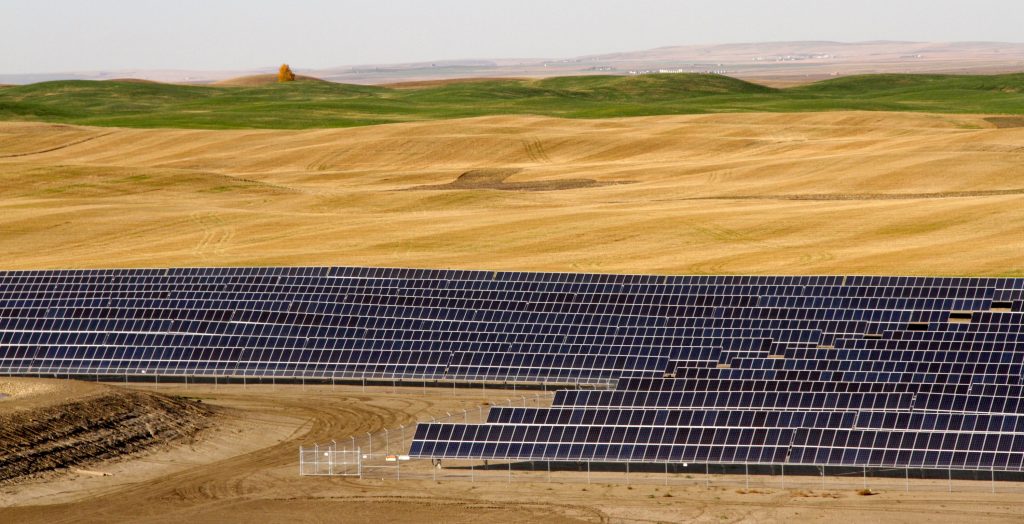
The Travers project will use 1.5 million solar PV modules to produce this power. “Solar photovoltaic technology is really quite an amazing technology,” says Balaban. “The electricity gets produced by literally turning sunlight into electricity without any moving parts.”
“The electricity gets collected into a central substation,” then dispersed to Alberta consumers, wherever and whenever there is an energy need in the province, helping to reduce costs for the consumer. “Solar tends to produce when we need the power the most, during hot sunny days,” says Balaban, “and that’s when the power prices are the highest.”
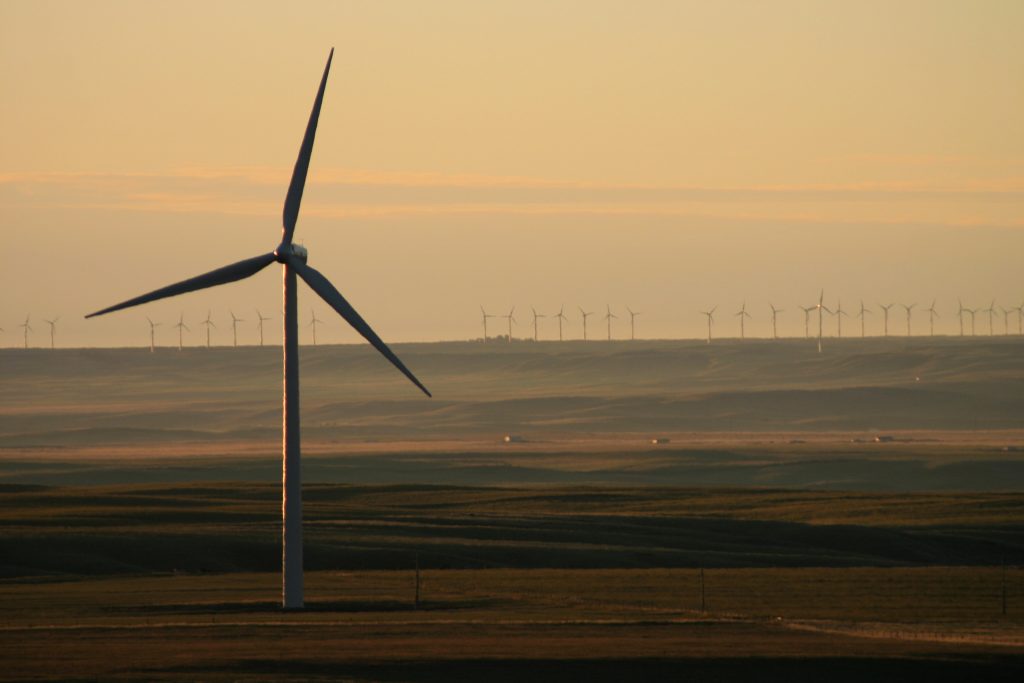
Green energy is big business
Since solar produces electricity when demand tends to be higher, the electricity is also worth more money, which, Balaban says, helps the economics of the project.
The project is designed to sell electricity to the deregulated market, and it’s that same deregulated market that makes it possible to also sell electricity directly to companies or governments who want to secure their own renewable energy.
“Corporate renewable procurement has been driving a lot of renewable energy growth in the United States,” says Balaban. “Some of the largest corporations in the world, Apple, Amazon, Google, Johnson and Johnson, Anheuser Busch are just a few examples of companies that all made commitments to procure a significant amount of their electricity from renewables.”
“We’re seeing a lot of those types of companies now looking to Canada as an opportunity to green their Canadian operations,” he says Balaban.
Because Alberta is the only market in Canada where this kind of bilateral deals is possible, Balaban says it is “driving a tremendous amount of interest right here in Alberta.”
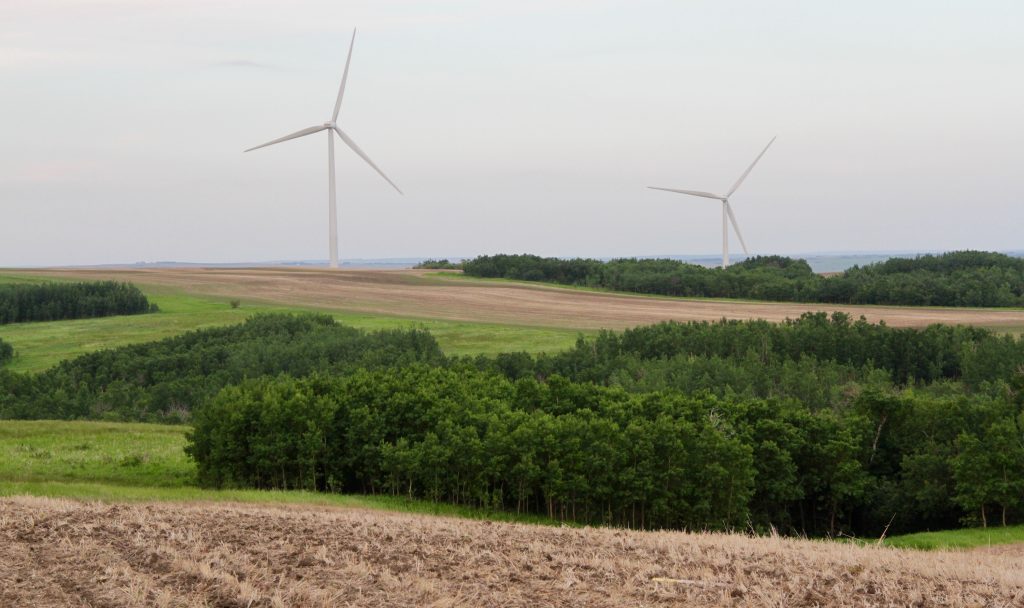
We’ve seen the trend towards renewable energy pick up speed in Alberta already, with Calgary’s CDR Systems, the City of Calgary, and 500 schools from 26 school boards across rural Alberta each having procured or installed renewable energy.
Global growth in renewable energy is also happening fast, Balaban says: “2017 was the first year that global investment in renewable energy exceeded global investment in fossil fuels.” In their New Energy Outlook 2019 Bloomberg NEF is predicting $13.3 trillion in investment in power generation by 2050, 77 per cent of which will be in renewables.
Solar in Alberta — Go big or go home!
“I think the idea of building one of the largest solar energy projects in the world in the heart of oil country on a subsidy-free market basis is something that really resonates with a lot of people,” says Balaban. “Renewable energy is a technology that has tremendous environmental benefits, but it’s also a phenomenal business opportunity.”
If there is one thing that drives Balaban crazy, it is the polarization of energy issues by those who pit oil against renewable energy and vice versa. Developing a green energy economy in Alberta doesn’t mean abandoning oil, according to Balaban.
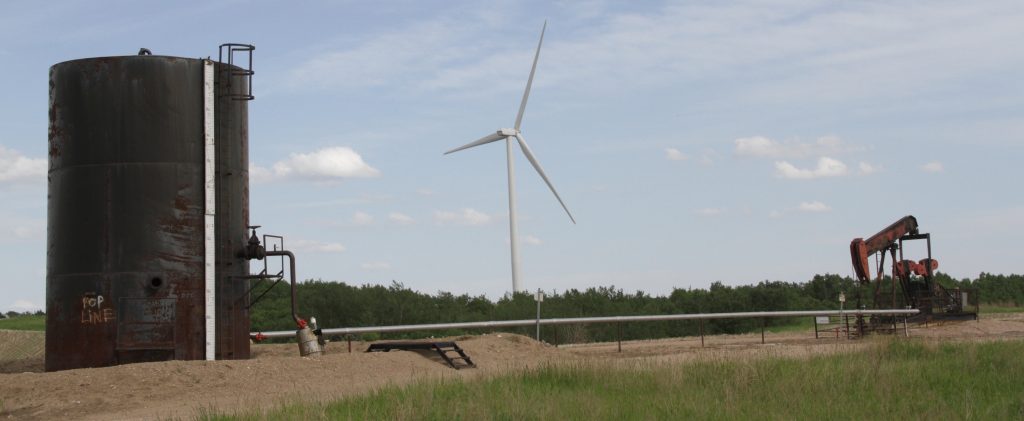
“We should be using Alberta oil. The world needs Alberta oil, but we are going through an evolution in our energy system,” says Balaban. “We also have great renewable energy resources. And I think it’s prudent for us to ensure that we’re going to be prosperous for generations to come and invest in renewable energy as well. I don’t think it’s an ‘either-or’ decision. I think it’s a ‘both-and.'” After all, Alberta is known both as “oil country” and as “sunny Alberta”
Balaban says a prosperous future depends on Alberta honouring its conventional energy resource and investing in new clean energy as well.
In terms of clean energy, Balaban believes there are billions of dollars in investment that could be brought to Alberta. “Our summertime solar resources, as good as that in the state of Florida,” he says. This wealth of summer sunlight gives developers the opportunity for “tremendous economies of scale.”
The Travers Solar Project “just received regulatory approval from the Alberta Utilities Commission late this summer. And if things go according to plan, we expect to be under construction in the first half of next year and be fully operational by the end of 2021,” Balaban says.
Dan Balaban is the CEO of Calgary-based Greengate Power, and the developer of several renewable energy projects in Alberta, including the Blackspring Ridge, Halkirk, Stirling wind projects, and the Travers solar project. The Travers Solar Project has grown from 400 to 465 megawatts in late 2020. We updated this story to reflects those numbers.
